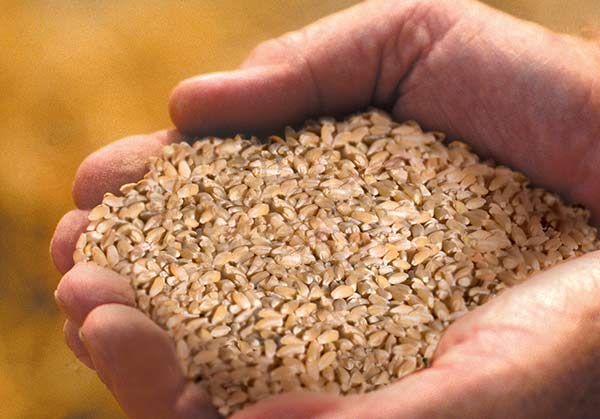Zita Tagliata n° 118
In the south of Italy, the term "Zita" means the bride and as a matter of fact, this type of pasta is traditionally associated with weddings and is always served at wedding receptions.
Tradition has it that Zita , which is quite thick with a fairly rough texture, is broken by hand into uneven pieces, before being put in the saucepan to cook.
Zita Tagliata ( "tagliata" means cut) has been made shorter for a more practical use in the kitchen.
This type of pasta can be used to prepare oven-baked recipes or plates of pasta served with dense, colourful sauces of meat or fish, with green leaf vegetables or vegetables, or strong Italian cheeses, such as pecorino, provolone or caciocavallo.
Alternatively, Zita Tagliata is also excellent served with vegetable sauces prepared with tomato and the addition of peppers, aubergines and courgettes.
Available in 500g packs.
- Cooking time: 11 min - Al dente: 9 min

Our method
Fedelini n° 10





